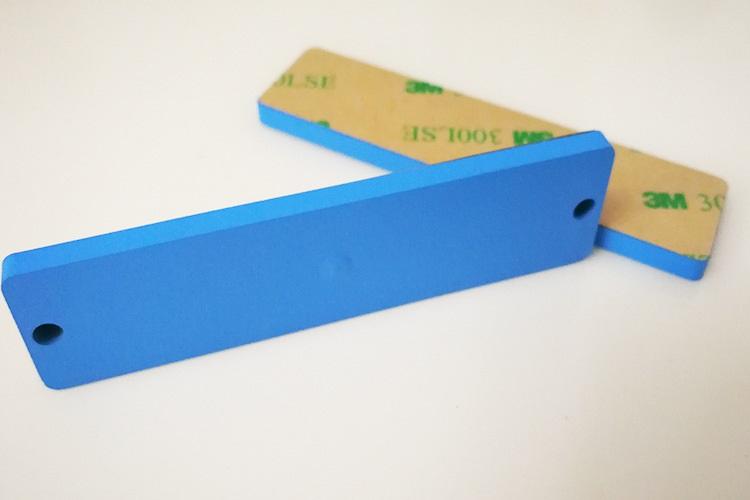RFID asset tracking is a method used to track and monitor the movement of items using RFID technology. This article discusses RFID asset tracking, its functions, types of RFID readers, and the benefits of RFID asset tracking.
What is RFID asset tracking?
RFID asset tracking is a technology that uses electromagnetic fields to automatically identify and track tags attached to objects. It offers several advantages, including efficiency, accuracy, visibility, security, and cost-effectiveness.
RFID systems provide real-time data about asset location and status, minimizing errors and improving management. RFID tags can be encrypted for authentication, reducing theft risks. Implementing RFID asset tracking involves deploying tags, installing readers, and integrating software for centralized management.
How does RFID asset tracking work
RFID asset tracking provides accurate, automated asset management, making it valuable across industries like manufacturing, healthcare, retail, and logistics. It uses a system of RFID tags and readers to automatically identify and locate assets in real-time.
RFID Tags
RFID tags are attached to each asset being tracked. They store data like the asset's ID, condition, location, etc. There are active tags with batteries that transmit signals, and passive tags powered by the reader's signal.
RFID Readers
RFID readers are equipped with antennas that emit radio waves and detect signals from nearby RFID tags. When an asset's tag comes within range, it transmits its data to the reader's antenna. RFID readers capture the tag data and send it to asset tracking software/database.
Types of RFID readers
There are several types of RFID readers available for asset tracking and inventory management systems. The choice depends on factors like read range needed, mobility requirements, asset types/environments, and integration with existing systems. A combination of fixed and mobile readers is commonly used for comprehensive asset tracking.
Handheld RFID Readers
Handheld RFID readers are portable and mobile devices used for manual asset scanning, inventory counts, asset audits, and item location. They use linear or circular polarized antennas for short to medium range reading.
Fixed RFID Readers
Fixed RFID readers are stationary readers mounted at entry/exit points, such as gates, dock doors, and conveyor lines, using far-field antennas to read tags from longer ranges, enabling automated asset tracking.
Mobile RFID Readers
Mobile RFID Readers, installed on vehicles, forklifts, or drones, enable the location and tracking of assets across a facility or yard.
Integrated RFID Readers
Integrated RFID Readers are compact readers integrated into workstations, printers, or other devices, often connected via USB for power and data transfer, used for close-range scanning at specific workstations.
Benefits of RFID Asset Tracking
RFID asset tracking provides many benefits.
- Real-time visibility of asset locations and movements.
- Automated data capture without line-of-sight scanning.
- The ability to read multiple tags simultaneously for efficient tracking.
- Enhanced security with alerts for unauthorized asset movement.
- Integration with sensors for monitoring asset condition.
- Improved asset utilization and maintenance scheduling based on usage data.








